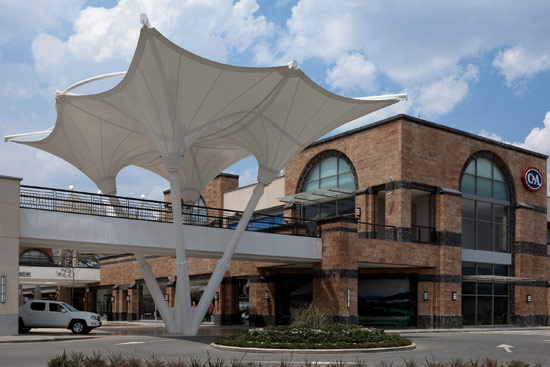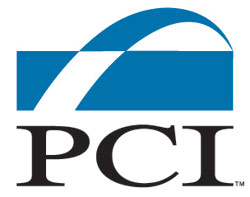Precast Concrete for High Performance Building Envelopes
Making the Interior Wythe the Finished Interior Wall
Precast sandwich wall construction can be designed to use the interior wythe of concrete as the finished interior wall. This strategy reduces the need for drywall and decreases mold potential while improving the project's ability to take advantage of the thermal mass benefits associated with precast concrete. A smooth steel trowelled interior concrete wall can be left bare or finished with direct-applied coverings, coatings, or paint (Note: these materials should not be vapor barriers, as to allow the concrete to breath) to minimize interior obstructions and fit-out costs. Both options provide a surface that will not be dented, punctured, corroded, rusted or otherwise damaged by heavy-duty use or equipment. Panels can be cleaned easily, even with harsh chemicals and steam pressure, ensuring a clean, crisp, hygienic environment. Vermin and insects cannot destroy concrete because it is inedible. With proper coordination and planning, conduit runs, as well as electric and other service boxes, can be incorporated into the precast panel during production.
Envelopes as Part of the Structural System
The most economical application of precast concrete wall units is as loadbearing structural-aesthetic components. Combining the insulated architectural façade with the structural system reduces the need for additional connections, and decreases the thermal bridges in an envelope system. It also reduces material, the number of trades required to construct the wall system and thus, general conditions. The loadbearing units become an integral part of the structure, transferring loads to the foundation, including gravity loads from the floors and roof and lateral forces from the effects of wind or seismic events, and providing for the horizontal stability of the building.
From a design perspective, the greatest advantage of a loadbearing precast concrete system is an interior that provides large open floor plates unencumbered by perimeter columns. Combining loadbearing wall panels with a precast structural floor system creates long, clear unobstructed spans with large, open bays with interior heights up to 55 feet. In most cases, the height is restricted only by what can be transported and delivered to the site. For offices, 45 to 50 foot spans are optimal because beyond that length, bays become so deep that daylighting is compromised. With early coordination, panels can be designed with electrical conduits and outlet boxes cast into the panel, eliminating additional interior furring and material, trade overlap problems, and the need for a separate wall cavity. Field labor costs are reduced, as installations can be completed simply by pulling the wires, installing fixtures, and covering the boxes.
 |
 |
The Paseo Altozano in Mexico used a combination of chiseling, acid etching, and pigment treatments to achieve its unique finish. Photos © FOTOSENCONCRETO.COM |
High-Performance Aesthetics
Precast concrete has a wide aesthetic range that complements its high-performance attributes. Smooth as-cast finishes show the natural look of the concrete. Exposed-aggregate finishes, via chemical retarders and water washing, are achieved with a non-abrasive process that effectively brings out the full color, texture, and beauty of the coarse aggregate. Sand or abrasive blasting provides all three degrees of exposure noted above, and acid-etching dissolves the surface cement paste to reveal the matrix with only a small percentage of coarse aggregate being visible. In addition, concrete can be cast against liners made of wood, steel, plaster, elastomeric, plastic, or foam plastic to create numerous shapes and patterns or to replicate natural stone materials. Precasters can help design professionals understand how to achieve a wide range of color and texture variations in precast architectural panels within the project budget.
Precast Envelope Systems: Providing High Performance
High-performance buildings that satisfy a host of stringent demands are becoming the norm among today's owners. Precast concrete envelope systems inherently provide many of these high-performance attributes, and can be designed to provide many others. Precast sandwich panels provide an effective envelope that integrates and optimizes insulation levels, shading of glazing, solar reflectivity of exterior surfaces, air and vapor barriers, and thermal mass. When these attributes are combined with the strength, long-term durability, and multi-hazard protection inherent in the material itself, the result is a very high-performance building.
 |
PCI develops, maintains, and disseminates the Body of Knowledge for the precast/prestressed concrete structures industry. PCI provides technical resources, certification, and education, as well as conducts industry events, research and development, and more. www.pci.org |








